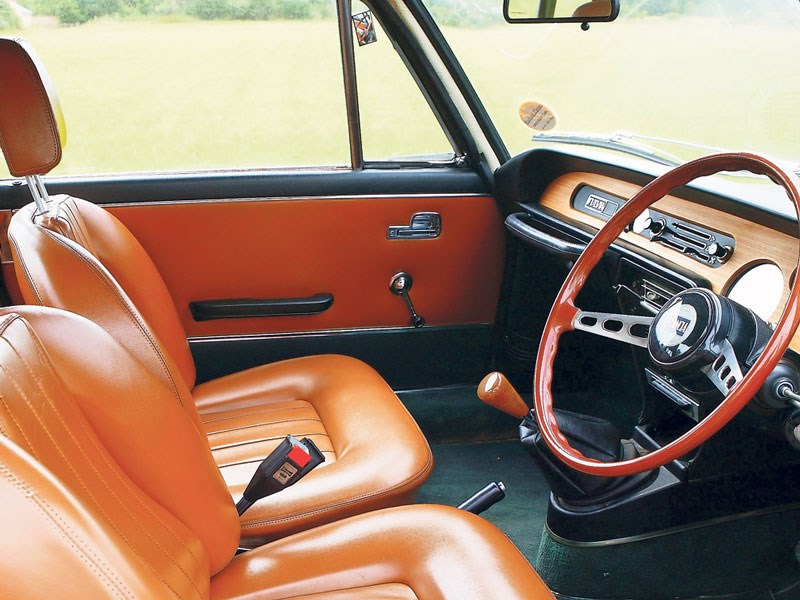A very pretty car but also one with superb engineering behind it.
The Lancia Fulvia was arguably the last proper Lancia. It combined an advanced specification with strong performance and a great driving experience. The saloon was a bit hum-drum in the looks department, but the coupé was much more attractive – arguably better than Zagato’s Fulvia Sport. The Fulvia coupé experienced some rally success too with 1960s rally driver legend, Pat Moss at the wheel for some events. The HF is the lightweight vers
VITAL STATISTICS
Lancia Fulvia 1.6 HF Coupé
Engine 1584cc/4-cyl/OHV
Power (bhp@rpm) 115bhp@6200rpm
Torque (lb ft@rpm) 112lb ft@4500rpm
Top speed 109mph
0-60mph 9.9sec
Consumption 23mpg
Gearbox 5-speed manual
WHAT TO LOOK FOR
BODYWORK & CHASSIS
Corrosion is a menace, though thankfully not as much as with later Lancias. The front subframe has arms that come out from near the middle to the front of the sills. These arms can rot, as can the mounting on the sill. If rot is evident here, then it’s likely that the sill itself is suffering. Ignore the outer sill as it’s little more than a cover. Corrosion tends to strike beneath but is only visible (and repairable) if you cut the lower edges of the front and rear wings. Sills can be bought for about £115 each from David Ashworth, but restoration could easily cost £500 or more per corner depending on how bad the rust is. Wheelarches can also suffer, so check for filler-laden bodges or poor paint matches. The edges of the bonnet and boot are also moisture traps. Most HF models have some alloy panels, so look out for electrolytic corrosion where the aluminium and steel meet. The rear panel and rear valance are also worth inspection, as they can trap moisture and dirt thrown up from the road. Use a magnet to check for filler.
ENGINE
The V4 engine is an absolute delight, with a one-piece cylinder head for the two narrow angled banks. It is very tough, though 1600 units are highly prized by historic racers and can be worth £5000 on their own.
You need to see good oil pressure once up to about 40-50mph, but gauges may not be accurate. With the gearbox, watch out for failing synchromesh on second gear, causing crunches if you change quickly.
RUNNING GEAR
Lack of use can cause brake discs to corrode and calipers to seize – rebuild kits are available though. There is nothing to worry about with the steering and suspension other than general wear. Going slightly against the advanced specification, the rear suspension makes do with leaf springs, so check the springs and hangers for condition. The front suspension uses a transverse leaf spring.
INTERIOR
Much interior furnishing is now getting very hard to find, though seat material and carpets can be replaced by a good trimmer. Make sure the headlamp switch/indicator stalk works. These get overloaded so getting the headlamps relayed will protect circuits, especially if you intend converting to Halogen headlamps.
Rear lights can suffer internal corrosion, which causes earthing issues, and the lens plastic can degrade. Check for this.
OUR VERDICT
Drive one and you’ll understand what Lancia was once all about. The cars have a tough, well-engineered feel that is unexpected given what this fine company’s reputation has now become. Even the little 1.3-litre engine has 90bhp, so performance is strong and the handling excellent.
They’re robust enough to handle regular use too. In fact, it’s far better to use one than leave it standing, not that you’ll want to. They’re too much fun. Prices are for the 1300 – add at least 20 per cent for the 1600.

